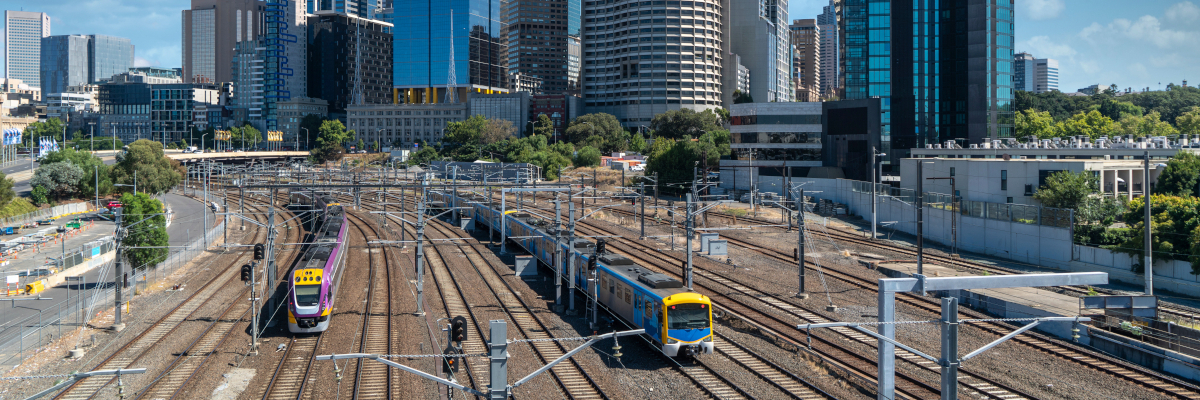Addressing skills shortages in Rail to Grow the Oak Trees of the Future

Skills shortages amongst train drivers in Australia and New Zealand is a huge problem.
In a skills capability report published by ARA (Australasian Railway Association) in 2018, they highlighted areas of concern over the next 10 years including:
- As investment grows in new rail infrastructure and rolling stock and operations expand the number of train drivers, controllers, track workers, signalling engineers and technicians, maintenance workers, electrical technicians and tunnellers are not keeping up with this demand. The industry is also suffering a chronic shortage of trainers and assessors.
- A significant ageing workforce. Over 20 per cent of the existing workforce will retire by 2028, adding substantially to existing workforce gaps across the industry.
- A deficit in skills to operate and maintain the new rail networks once they are commissioned. This gap is also apparent in technical skills. Strategies are required to attract these skills into an industry still perceived as old and male dominated.
So, you may ask yourself, what has that got to do with growing oak trees?
These skills shortages have been happening over centuries. It is time to stop and ask ourselves – what does the future look like for the railway industry not just in the next 10 years, but in 20 or 50 years and what plans and strategies need to be put in place to equip the future generations, break down barriers, make jobs more accessible and ‘grow the oak trees of the future’.
It is assumed the future will include more technology therefore more digital skills will be required from our workforce.
A better structure of long term and short-term learning and development needs is required now to support taking new freight train driver candidates from street to seat and reduce the risk of the imminent ageing train drivers retiring. AssessTech published an article looking at the challenges around how to street to seat a Freight Train Driver and the learning modules that need to be put in place now to solve the problems of the future.


The UK is already doing this and is being resolved by individuals having full accessibility to manage and develop their own learning. Candidates need to have access to learning. And as an industry there is a requirement to invest in future staff.
We know freight train driving is complicated, so by developing a training system that will cover off everything they will need to do now and for the role in the future, as well as candidates experience of all the ‘out of course’ elements that happen, will ensure skills are protected.
By creating a risk based Training Needs Analysis (RBTNA) of the role to understand what is required. By mapping the tasks, complexity and importance of these tasks using the RBTNA, a learning journey can be created for candidates to take them on the journey from street to seat.
A significant amount of time would be included in that journey to allow the candidates to shadow an experienced mentor and learn the job in real life.
Additional learning tools would help support this blended learning journey including e-learning, practical classroom learning and interactive online courses and tools, all of which are necessary to allow candidates to learn from anywhere – at home, on the job, in the classroom.
By developing this learning journey now, utilising the skills and knowledge of existing people doing the job and celebrating candidates who have been successful, provides a model of learning and set of valuable resources for the candidates and assessors of the future. This material then becomes an excellent resource for new people joining the railway organisation and provide a taster of the learning and skills required to people with little or no experience of the job.
Skills shortages are going to impact Australia and New Zealand in 5 -10 years and as an industry processes and material needs to be developed now to ‘develop the oak trees of the future’!






